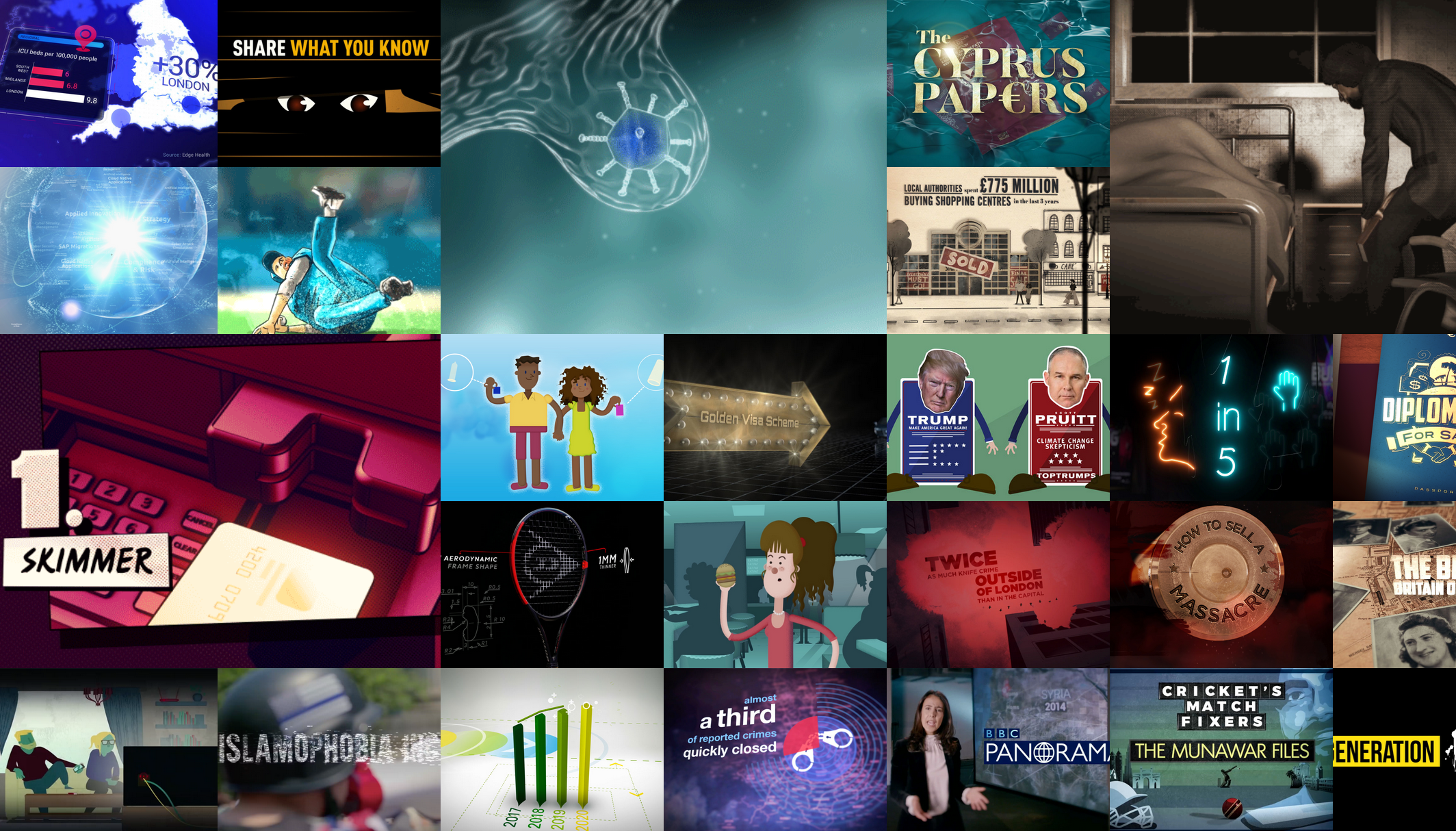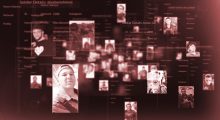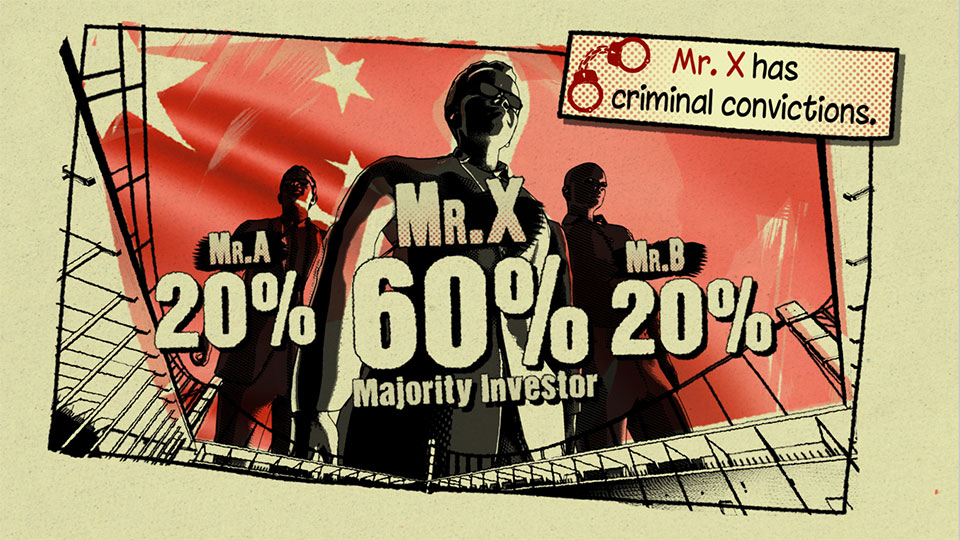For Blakeway Television and BBC 2 and presented by Matthew Collings
The average UK television viewer will no doubt miss any innovative clues or notice the influence of modern technology as they listen to Matt Collings narration and view the inherent beauty and hidden symbolism of the Raphael’s ‘Madonna of the Meadow’, Bosch’s ‘Garden of Earthly delights’ and Piero’s ‘Baptism of Christ’. However we must tell you that for this project, a technological mountain was climbed.
“If we made a photographic print of Raphael’s ‘Madonna of the Meadow’ using the digital images from the series, it would be close to 12 metres high and fully HD.”
After being approached by ‘Blakeway Television’ we began the challenge of how to digitise great works of art which would allow us to develop a very flexible system to turnaround HD sequences so they could fit into a typically demanding and changeable television production process.
How it was done
Piero’s Baptism of ChristA professional photographer friend, Rupert Truman, was called on to help solve this puzzle. Rupert is more often seen in a large outdoor location shooting a surreal scene for a Muse or Biffy Clyro CD cover, but it was Rupert’s former experience in using older large format cameras to record architecture which was to assist ‘hitting the nail on the head’.
After some experimentation it was decided that we needed the most modern equipment to record the digital information, which was, the Phase One P65 camera ‘back’. This is the piece of kit, which fits onto the High definition famous Hassleblad camera, which can record an amazing 65,000,000 pixels in one image. This was only the first of many hurdles jumped as even a range of tiled images using this capture device still meant that the process of stitching everything together was complex, time consuming and potentially troublesome. There are a number of software stitching products on the market but each use some form of distortion to match the tiles and we all wanted to avoid this.
Our solution was to use what some would consider an old fashioned method. We used a large format camera, the ‘Sinar’ 5×4 but with a sliding back device which allowed us to capture 4 tiles from one camera position. We all remember the image of a photographer with his head under a cloth staring at a plate glass screen; well it was a similar camera but with added technology attached. The sliding back meant that by attaching the Phase one P65 to one of 4 positions we could in short achieve an image of 260 mega pixels without moving the camera lens. By extrapolating these numbers we could achieve a print resolution (300dpi is the glossy Sunday magazine standard), which was 12 metres in height.
Tracking
Raphael’s Madonna of the MeadowAfter the painting was image mapped and assembled the real complex stuff begins as the moves on the painting were sometimes meant to follow seamlessly on from the video camera version. This was particularly complex for all the usual reasons to do with camera lens distorting and shooting from the side but also because it was our virtual camera view which needed to be tracked to the video camera footage rather than the tiled painting. In other words the virtual camera orientation and trajectory had to perfectly ape that of the real camera. If you look really close you can just about tell but its pretty discreet.












